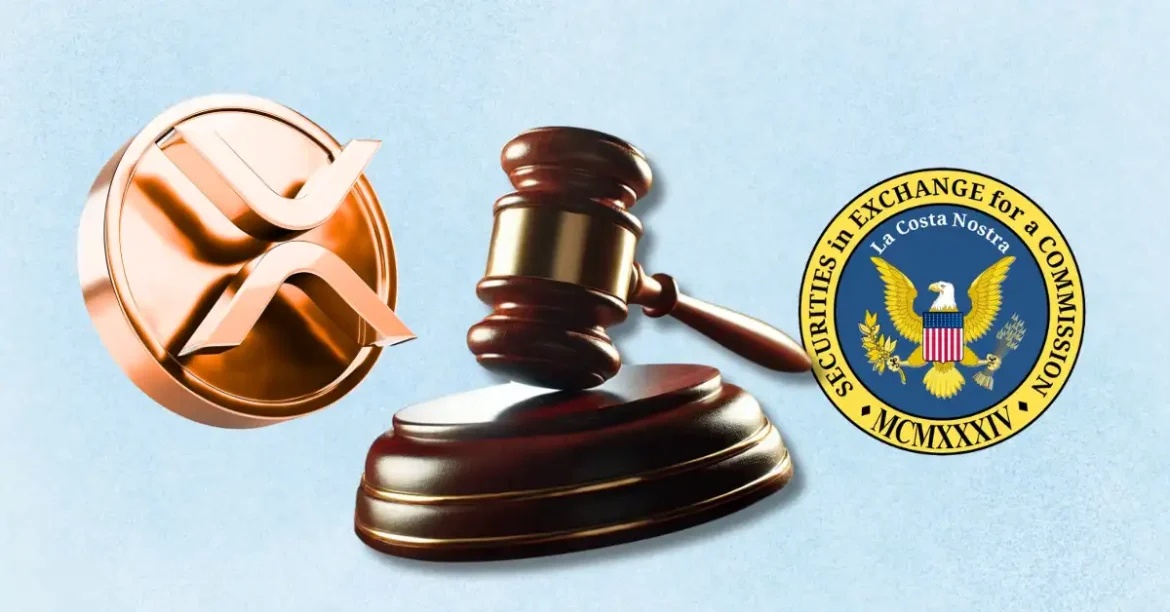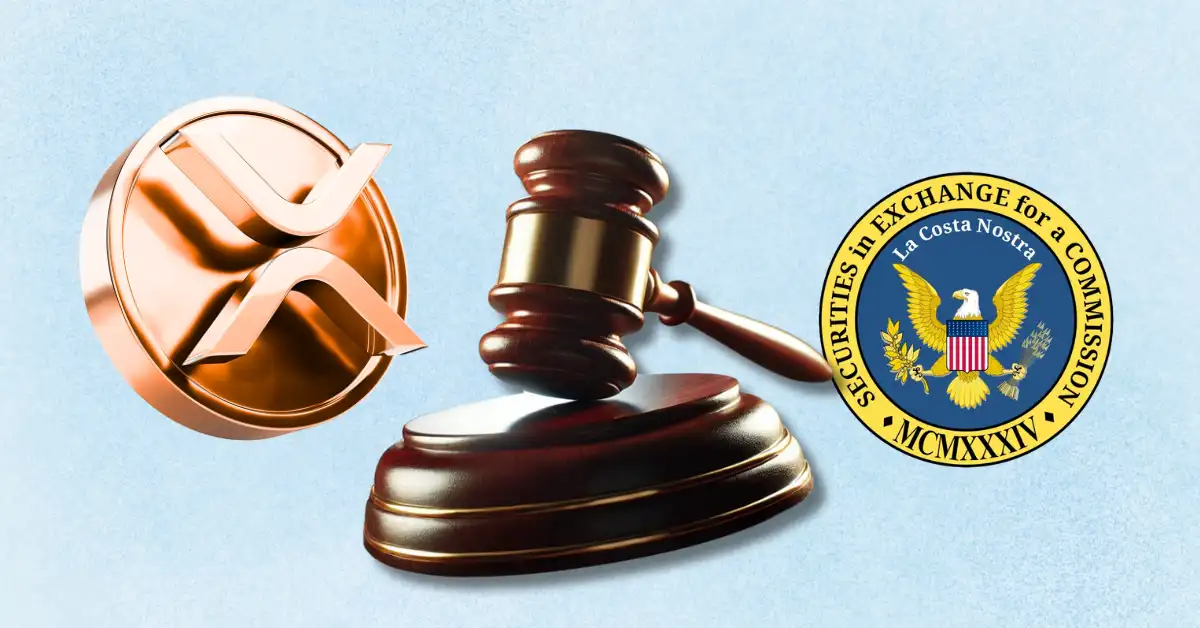The Legal Landscape and Market Prospects of XRP: An In-Depth Analysis
=====================================================================
Introduction: XRP’s Journey Through Regulatory and Market Challenges
——————————————————————–
XRP, the digital asset native to the Ripple ecosystem, has been at the epicenter of one of the longest-running and most closely watched legal battles in the cryptocurrency world. The lawsuit filed by the U.S. Securities and Exchange Commission (SEC) from late 2020 raised critical questions regarding whether XRP should be classified as a security. This classification is pivotal due to the far-reaching implications for XRP’s legal clarity, market adoption, investor confidence, and future growth. Even as Judge Analisa Torres’s ruling provided substantial legal clarity by determining that XRP itself is not a security, the case’s outcome has generated a broad spectrum of analysis and speculation about XRP’s current state and its future potential.
This report explores the nuances of XRP’s legal status, market impact, industry perceptions, and broader implications for the crypto environment, drawing from recent expert opinions, court decisions, and market commentary.
Legal Clarity: XRP’s Unprecedented Position in U.S. Crypto Law
—————————————————————
A hallmark of the Ripple vs. SEC litigation was the attempt to define XRP’s legal standing in the regulatory maze that envelops most cryptocurrencies. Judge Torres’s landmark ruling, delivered in mid-2023, set XRP apart by clearly stating that the token itself is not classified as a security. While certain past sales involving institutional investors were deemed investment contracts, typical retail sales were found to lie outside securities law. This achievement marked XRP as one of the very few major cryptocurrencies with formal judicial affirmation of its non-security status—standing alongside Bitcoin, which has similarly received such legal clarity.
Legal experts and XRP supporters have heralded this clarity as a rare asset in the U.S. regulatory landscape, especially given the ongoing ambiguity and lack of clear guidelines that continue to plague much of the cryptocurrency sector. Unlike Ethereum, which was ruled to have no protection as a non-security, XRP’s position offers a unique level of predictability for investors and companies building on its ledger.
Nonetheless, some analysts consider the court’s decision a missed opportunity to establish a broader precedent that could have clarified the legal framework for the entire crypto industry. Despite Ripple’s “mostly victorious” outcome, the ruling has been criticized for leaving many regulatory ambiguities unaddressed, and for branding Ripple as a “bad actor” due to questionable conduct during the litigation process. This negative contrast has kept regulatory uncertainty alive in the broader market, even as XRP enjoys a uniquely clear legal position.
Challenging the FUD: Market Misconceptions and Clarifications
————————————————————–
Throughout 2024 and into 2025, XRP has frequently been unfairly targeted with misleading narratives. Claims that Ripple’s distribution practices have suppressed XRP’s value or that XRP lacks legal clarity have been called out by professionals as exaggerated or outright false. Attorney Bill Morgan emphatically declared that the notion that XRP lacks legal certainty is “crypto’s biggest lie,” underscoring the token’s distinct legal status compared to many others.
Some studies had argued a negative correlation between XRP’s transaction network activity and price performance, with detractors using this to cast doubt on XRP’s fundamentals. However, such conclusions have been disputed by legal experts and market analysts alike who highlight that XRP’s legal clarity and ongoing institutional discussions fuel its long-term potential, irrespective of short-term price fluctuations.
Notably, crypto analysts on platforms like X (formerly Twitter) have dismissed persistent “XRP is dead” sentiments, arguing instead that despite temporary stagnation, XRP remains fundamentally positioned for growth. This sentiment is echoed in the broader industry discourse where XRP is acknowledged as one of the few cryptocurrencies with regulatory certainty, giving it a distinct advantage over many competitors.
Impact on Price and Market Prospects: Momentum and Predictions
————————————————————–
The legal victory and ensuing clarity have fueled renewed interest in XRP’s price potential. The token has re-entered the discussion among “best cryptos to buy,” with forecasts predicting significant price appreciation. An influential prediction from Standard Chartered suggested XRP could jump over 500% within a few years, potentially reaching $12.50 by 2028. This dramatic projection reflects optimism driven by legal stability and anticipated increasing adoption.
Ripple’s proactive call for regulatory clarity, specifically urging the SEC to define when a token should lose its security label, aims to solidify XRP’s status and likely reduce future uncertainties. However, the crypto community still awaits clear regulatory frameworks, with figures like SEC Commissioner Hester Peirce pointing out the glaring lack of guidance that hampers the market broadly.
Despite XRP’s legal clarity, the anticipated spot exchange-traded fund (ETF) applications have yet to materialize, raising questions within investor circles about what is delaying further institutional integration. Some experts find it “strange” that no spot XRP ETFs have been proposed, especially given its unique standing among major tokens.
Ripple’s leadership and market commentators also speculate robustly on XRP’s potential to challenge or even overtake leading cryptocurrencies such as Ethereum in market capitalization. While some crypto experts argue against XRP ever flipping Ethereum, the debate itself underscores the rising significance attributed to XRP as legal clarity and regulatory momentum converge.
Broader Implications: Navigating a Fragmented Crypto Regulatory Environment
—————————————————————————
XRP’s case highlights the broader chaos and fragmentation in cryptocurrency regulation in the United States and globally. CEO Brad Garlinghouse has criticized the lack of regulatory clarity in the U.S. relative to other developed nations, an obstacle that affects the entire crypto ecosystem.
The ongoing saga around XRP exposes systemic issues, such as regulatory agencies’ reluctance to provide clear guidance and the resulting regulatory risk for projects and investors. While XRP stands out as a “legal lighthouse” within a stormy legal landscape, the ripple effects from the case—both positive and negative—illustrate how navigating regulatory frameworks remains a critical challenge.
Moreover, despite legal successes, Ripple’s perceived reputation as a “bad actor” in the eyes of some regulators may complicate future dealings and policy developments. The case’s outcome, while favorable for XRP, does not fully resolve the tension between innovation and regulatory control that defines much of cryptocurrency’s current legal environment.
Conclusion: XRP’s Legal Clarity as a Catalyst for Future Growth
—————————————————————
XRP’s journey from being ensnared in a high-stakes legal battle to emerging with confirmed legal clarity marks a pivotal chapter not only for Ripple but for the cryptocurrency industry at large. Its unique status as one of the few tokens with a judicial ruling declaring it not a security positions XRP as a rare bright spot amid pervasive uncertainty across the space.
While the legal victory has not delivered sweeping crypto regulatory clarity, it has dismantled key barriers curtailing XRP’s market potential and investor confidence. Market sentiment shows cautious optimism, and expert forecasts envision substantial price growth fueled by Ripple’s ongoing efforts to secure regulatory guidance and institutional acceptance.
XRP’s story illuminates the complexities of crypto regulation, the power of judicial decisions in shaping market dynamics, and the need for clearer, more coherent policy frameworks. Should regulatory developments follow suit, XRP could leverage its legal clarity to solidify a leading position in the evolving digital asset market, transforming from a contested token to a benchmark for compliance and adoption.
This evolving narrative reinforces that while legal clarity alone does not guarantee success, it significantly enhances a cryptocurrency’s foundation for long-term sustainability and growth in a challenging and dynamic environment.





